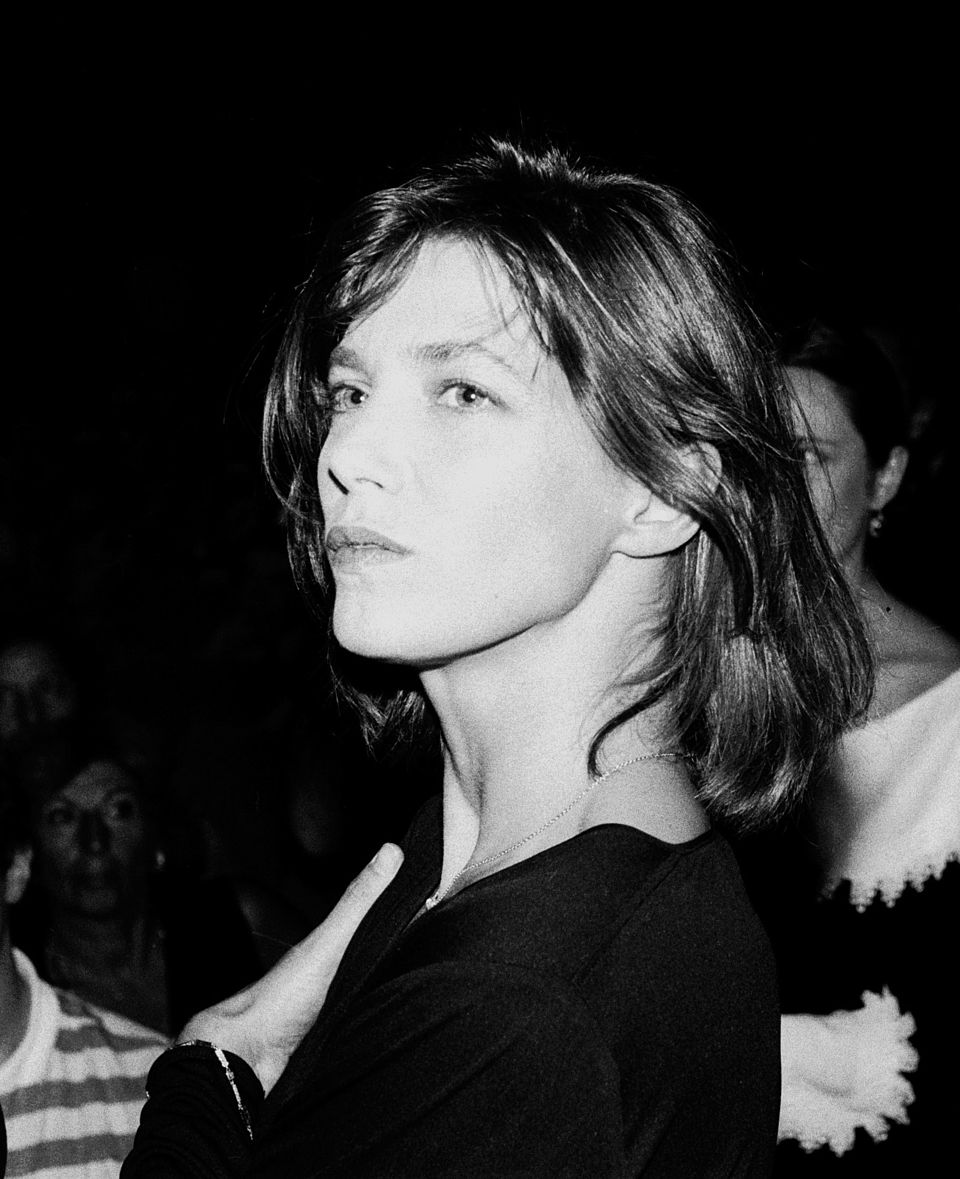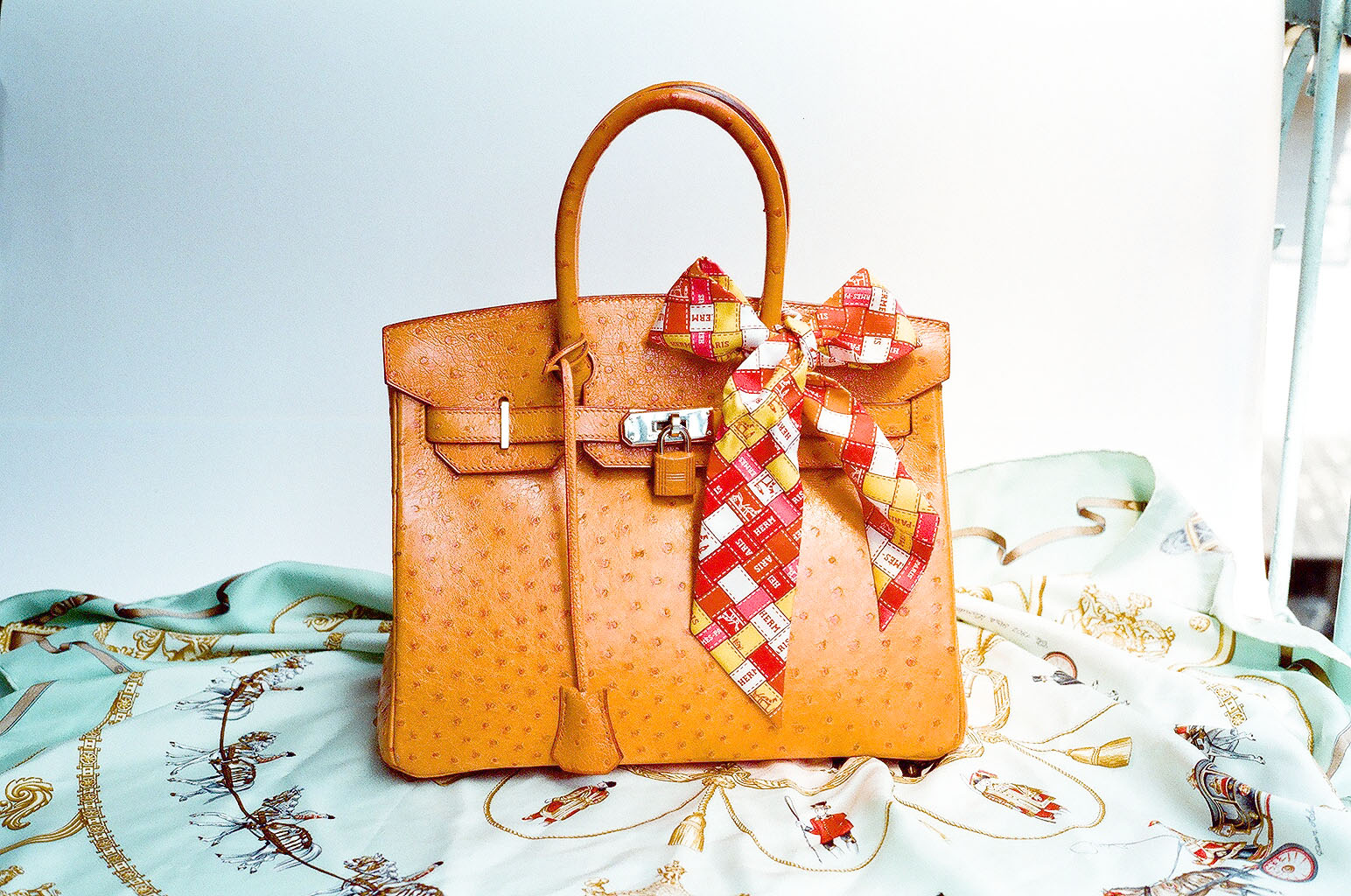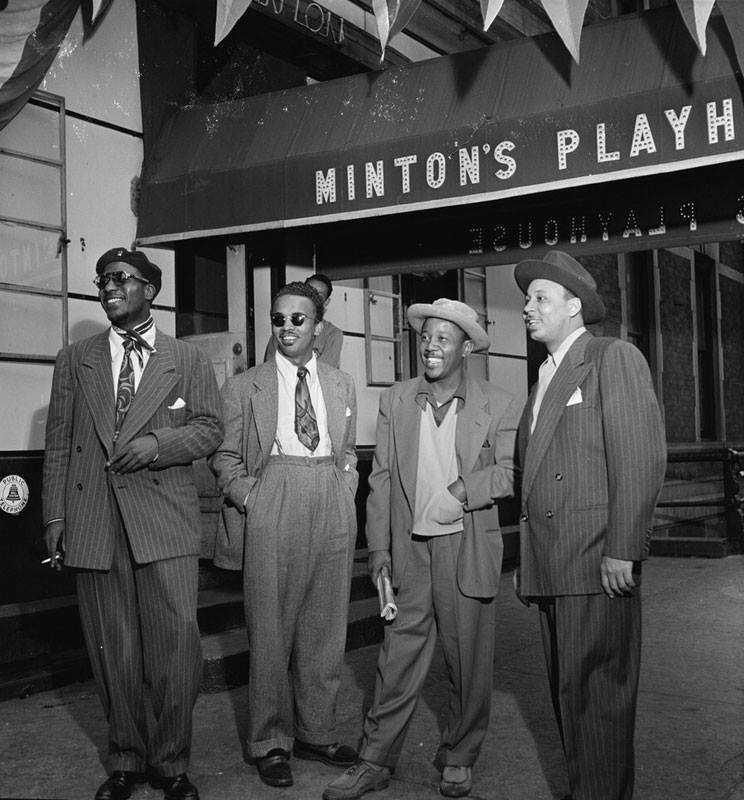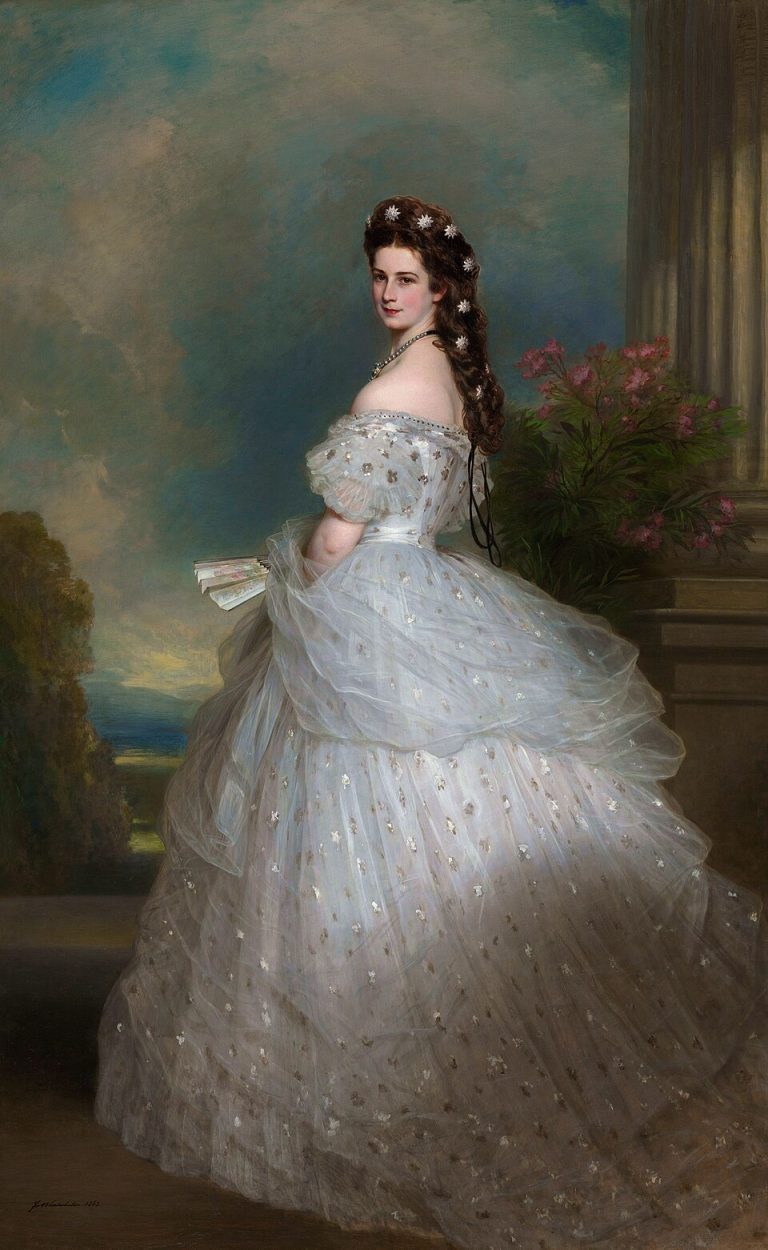The Hermès Birkin bag is a name even those far from fashion recognize. It’s a synonym for luxury and status, a cult accessory spotted in TV shows and films. Celebrities like Kim Kardashian, Jennifer Lopez, Eva Longoria, Lady Gaga, Victoria Beckham, and Kate Moss wear and collect it—the list is endless. Legends swirl around the Birkin: a supposed five-year waitlist and the need to spend a fortune at an Hermès boutique just to get one. But are these stories true, and how did the bag earn its iconic “It bag” status?
The Creation of the Birkin
In 1981, on a Paris–London flight, actress Jane Birkin and Jean-Louis Dumas, Hermès’ chairman and a relative of the brand’s founder Thierry Hermès, met by chance. Jane, a singer and star of 1960s and 1970s French cinema, was known for her natural, refined, and slightly carefree style. Instead of a handbag, she carried a straw basket to hold all her essentials. During the flight, the basket’s contents fell out, prompting Dumas to ask why she didn’t use a more practical bag. Jane replied that she’d long been unable to find the perfect model. Dumas sketched a design for a new bag on a paper bag and showed it to her. In 1984, the Birkin bag, named after its muse, was born. It quickly won over fashionistas and, by the 1990s, cemented its cult “It Bag” status.

Jane Birkin
Photo by Roland Godefroy – Own work, 1985
Exclusivity: Fact or Fiction?
Five-year waitlists did once exist, but in the 2010s, Hermès scrapped the official waitlist list due to overwhelming demand. That doesn’t mean getting a Birkin is any easier.
Each bag is handcrafted by Hermès artisans in France, using the finest leathers, such as calf, crocodile, ostrich, and python. A single artisan spends two to five days crafting one bag. Value is added by palladium or gold hardware, key-locked clasps, wax-treated water-resistant threads, and the signature “herringbone” stitching, which can only be done by hand.
There are two ways to buy a Birkin: through an Hermès boutique or resale platforms. Hermès indeed requires buyers to build a “client profile”—a purchase history of other items (scarves, shoes, clothing, etc.). This can mean spending tens of thousands of dollars to earn the brand’s trust and receive an offer to buy a Birkin. Even with a substantial purchase history, a sales associate may offer a bag of their choosing, not necessarily the one you want.
On resale platforms, things are simpler. You don’t need to buy anything besides the bag itself, but you’ll likely spend about the same amount as in a boutique. While a base model might sell in a boutique for €10,000, the same model on resale platforms can cost €20,000 or more.
What’s the Phenomenon?
Hermès doesn’t advertise the Birkin, deliberately maintaining scarcity to fuel interest and uphold its luxury status. The bag is not just a symbol of opulence but also an investment: its value rises about 14% annually. For instance, the Diamond Himalaya Birkin 30, crafted from Niloticus crocodile leather with a white-gray gradient evoking the Himalayas, adorned with white gold and diamond hardware, sold at Sotheby’s in 2022 for $450,000, becoming the most expensive handbag ever auctioned.




